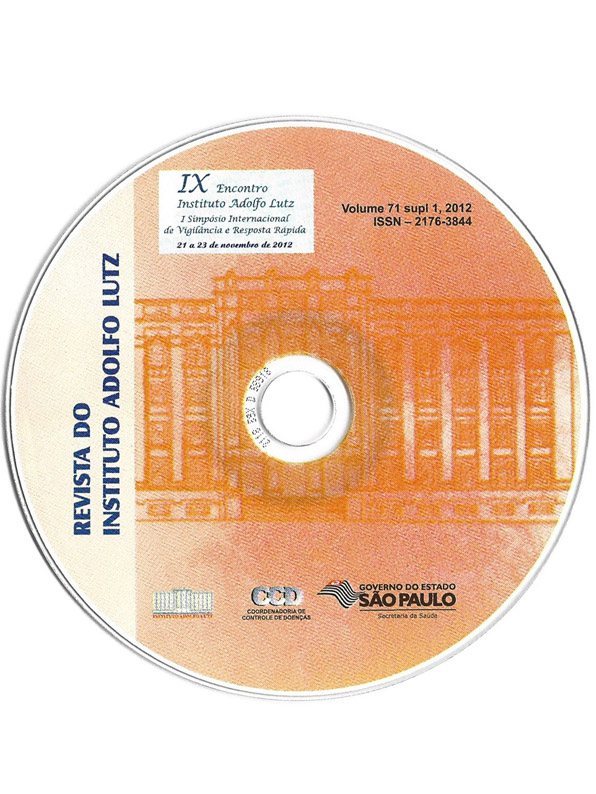Abstract
Rotavirus (RV) infections are recognized as a major cause of severe gastroenteritis in infants and youngchildren worldwide. Approximately 90% of all RV diseases have been shown to be caused by G1P[8],G2P[4], G3P[8], G4P[8], and G9P[8] genotypes. In March 2006, Brazil introduced a monovalent G1P[8]human RV vaccine (Rotarix®) into its national Expanded Program for Immunization. The aim of this studywas to assess the impact of immunization on the incidence of severe RV acute gastroenteritis and todetermine the genotypes after introduction of vaccine. Sentinel hospital-based surveillance was conductedinvolving 799 children < 5 years of age who were admitted for treatment of diarrhea at 3 sentinel hospitalsin the cities of São Paulo and São José Rio Preto, from September 2009 to June 2012. RV was detected in167 (21.0%) of the fecal specimens by a commercial ELISA assay. Of all episodes of RV diarrhea, 91.6%occurred during the first 2 years of life. RV isolates were characterized by RT-PCR to determine G and Pgenotypes. G2 (39.1%) was the most prevalent serotype followed by G9 (35.3%), G1 (7.7%), G3 (7.7%)and G12 (7.2%). P[8] was the most common genotype of RV. The most common G-P association identifiedin this study was G2P[4] (35.3%) and G9P[8] (30.5%). In 2011, G9P[8] was the most prevalent type RVstrains. Preliminary data obtained from hospitals in São Paulo State and information concerning theprogram of Acute Diarrheic Diseases Monitoring show that hospitalization for diarrhea in children under 5years had a significant reduction after the introduction of RV vaccine. Sentinel hospital-based surveillanceis essential to monitor changes in the epidemiology of RV disease and the impact of vaccination afterintroduction, considering change in frequency, severity of disease, and circulating RV types.

This work is licensed under a Creative Commons Attribution 4.0 International License.
Copyright (c) 2012 RCC Carmona, A Luchs, AM Fernandes, HR Vieira, BC Vilanova, CD Ribeiro, SG Morillo, MBP Eduardo, MCST Timenetsky
